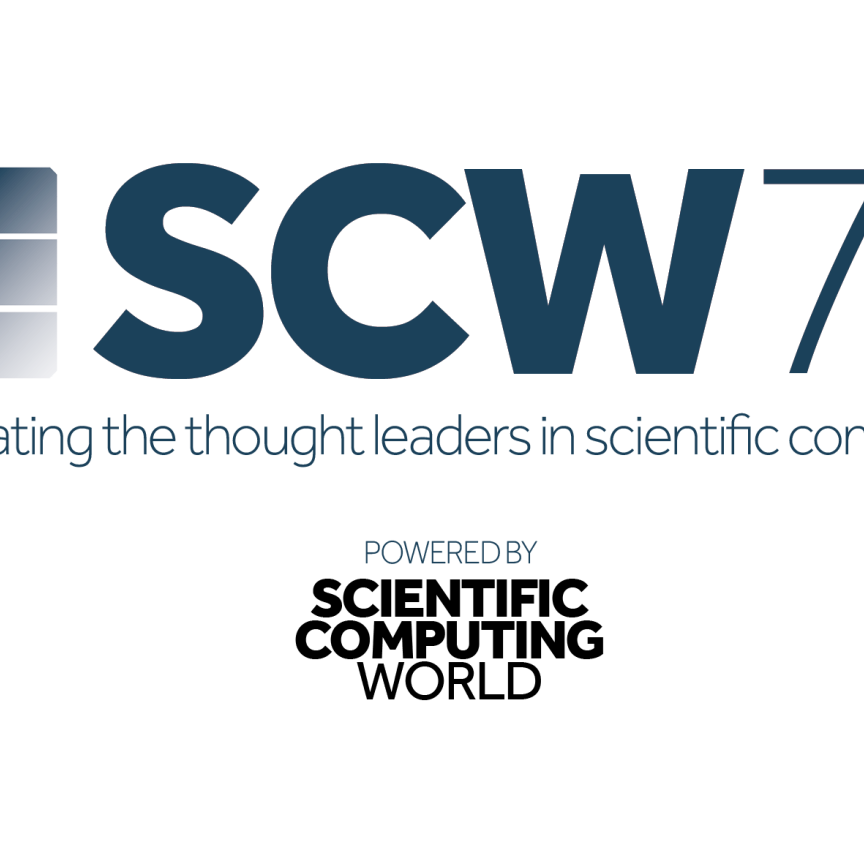Intel has been banned by the US Government from selling any more Xeon processors for use in the world's fastest supercomputer, the Tianhe-2 'Milky Way' machine at the Guangzhou Supercomputer Centre in China.
Several Chinese supercomputing centres have been added to the US ‘Entity List’. Other Chinese sites mentioned in the original report include the National University of Defense Technology in Changsha, Tianjin Center. The story has been posted on the TOP500 website.
As reported in the article How much faster can China go? posted two years ago on the Scientific Computing World website, the Tianhe-2 has a combined total of 3,120,000 computing cores, comprising 16,000 nodes, each with two Intel Xeon IvyBridge processors and three Xeon Phi processors and thus represents the world’s largest assembly of Intel Xeon CPUs and Xeon Phi accelerators in a single system. According to Dr Yutong Lu, director of the System Software Laboratory at the National University of Defence Technology (NUDT), China had planned to build a 100 petaflops machine by the end of the current five-year plan.
During the European Supercomputing Conference ISC’13 in Leipzig, Intel hosted a celebration dinner for the staff of the Chinese National University of Defence Technology. It took place at Auerbachs Keller in Leipzig, famous in German literature as the place where the devil, Mephistopheles, drank with Goethe’s Faust. Now it looks as if the US Government has decided that Intel has been supping too closely.
According to the US Department of Commerce, the Entity List includes the names of foreign persons, government organisations and companies that are subject to specific licence requirements for the export of certain items. Any transaction with an individual, company or government organisation listed on the Entity List is seen as a ‘red flag’ by the US government, meaning that the transaction should be monitored more carefully for illegal attempts at obtaining commodities or related technology with a military or nuclear proliferation application.
The upgrade of the Tianhe-2 system, scheduled for this year, would have represented a huge deal for Intel, worth up to $1 billion, but now this upgrade looks unlikely until the US and Chinese governments can come to some kind of agreement on the restrictions.
Although this move is likely to hurt the Chinese HPC industry in the short-term, it may well spur on Chinese hardware and software development. Operators of the top supercomputers in China will look to home-grown expertise to drive the development of their supercomputers.
In June 2014, the South China Morning Post reported that there had been a number of criticisms of the new system which were presented at a meeting with Guangzhou’s deputy mayor, Wang Dong. ‘It is at the world's frontier in terms of calculation capacity, but the function of the supercomputer is still way behind the ones in the US and Japan,’ Chi Xuebin, deputy director of the Computer Network and Information Centre under the Chinese Academy of Sciences, was reported as saying.
Other criticisms included the cost in electricity of running the system, estimated at around 600,000 yuan a day, approximately $96,560 per day. A final issue was the relative lack of software, as so far investment had focused on hardware, forcing clients to write the programs to allow them to use it.
‘It's like a giant with a super body but without the software to support its thinking soul. Some users would need years or even a decade to write the necessary code,’ Chi concluded.

